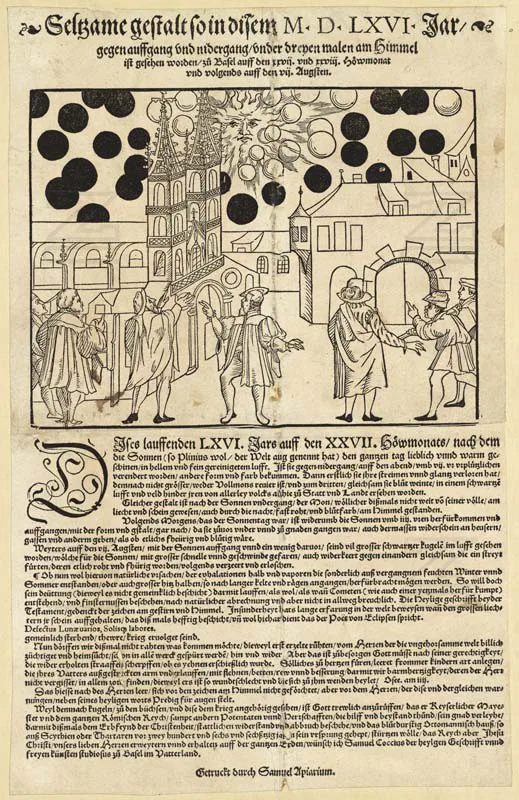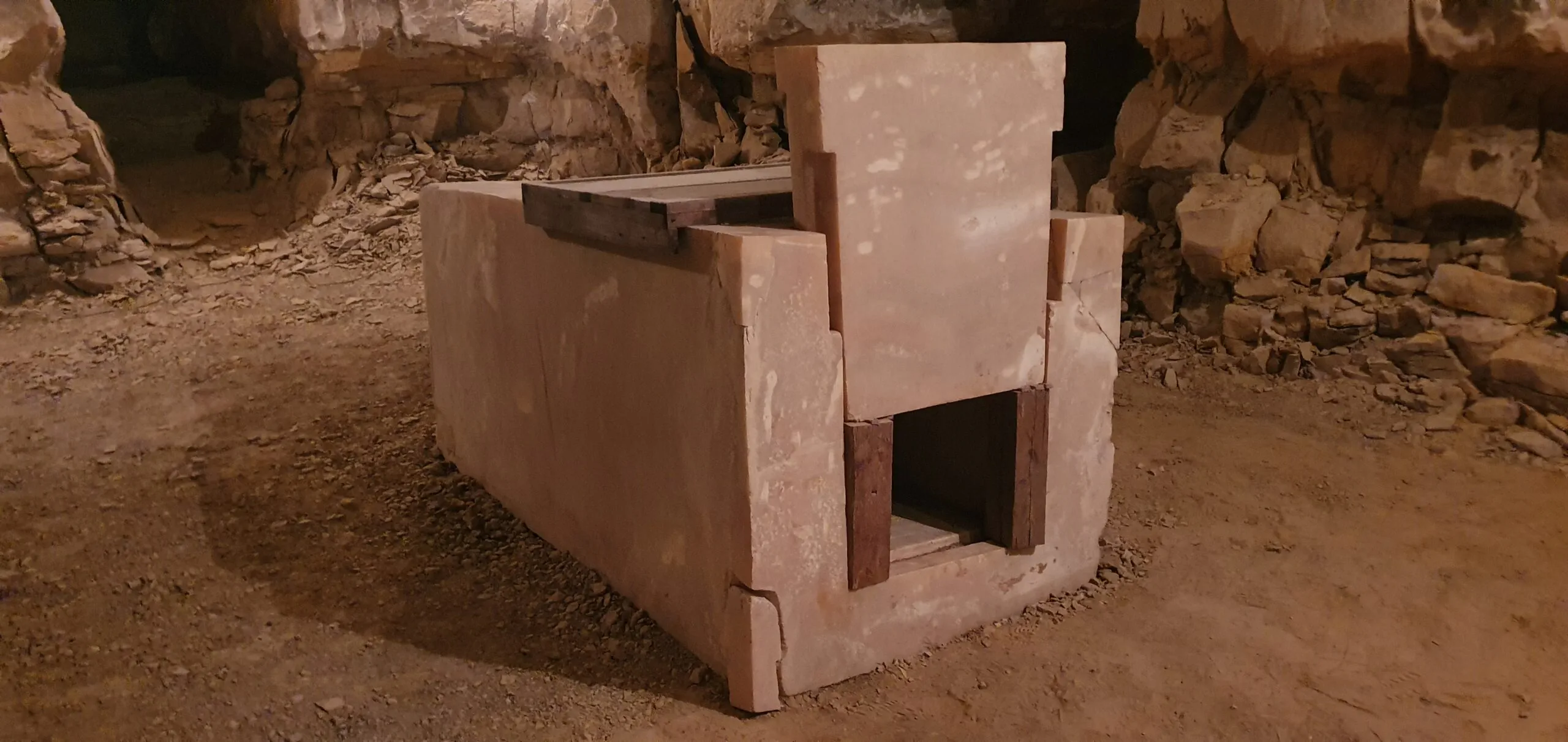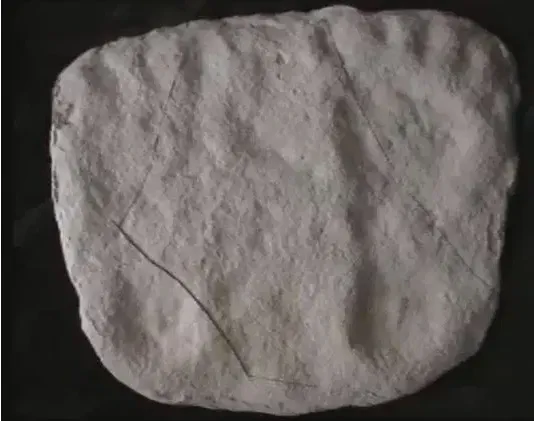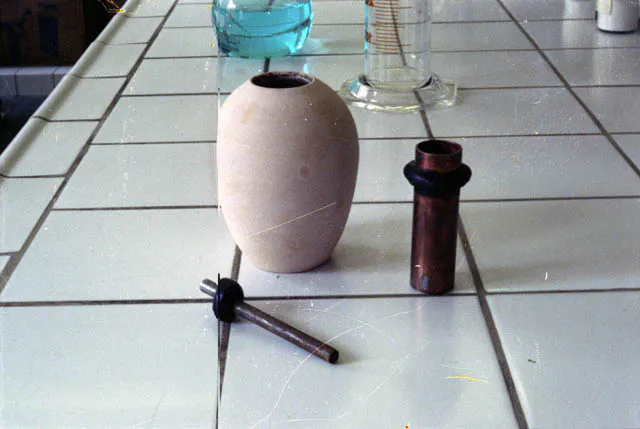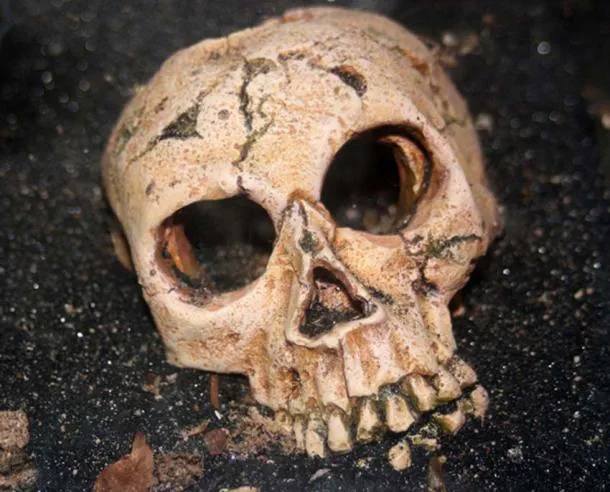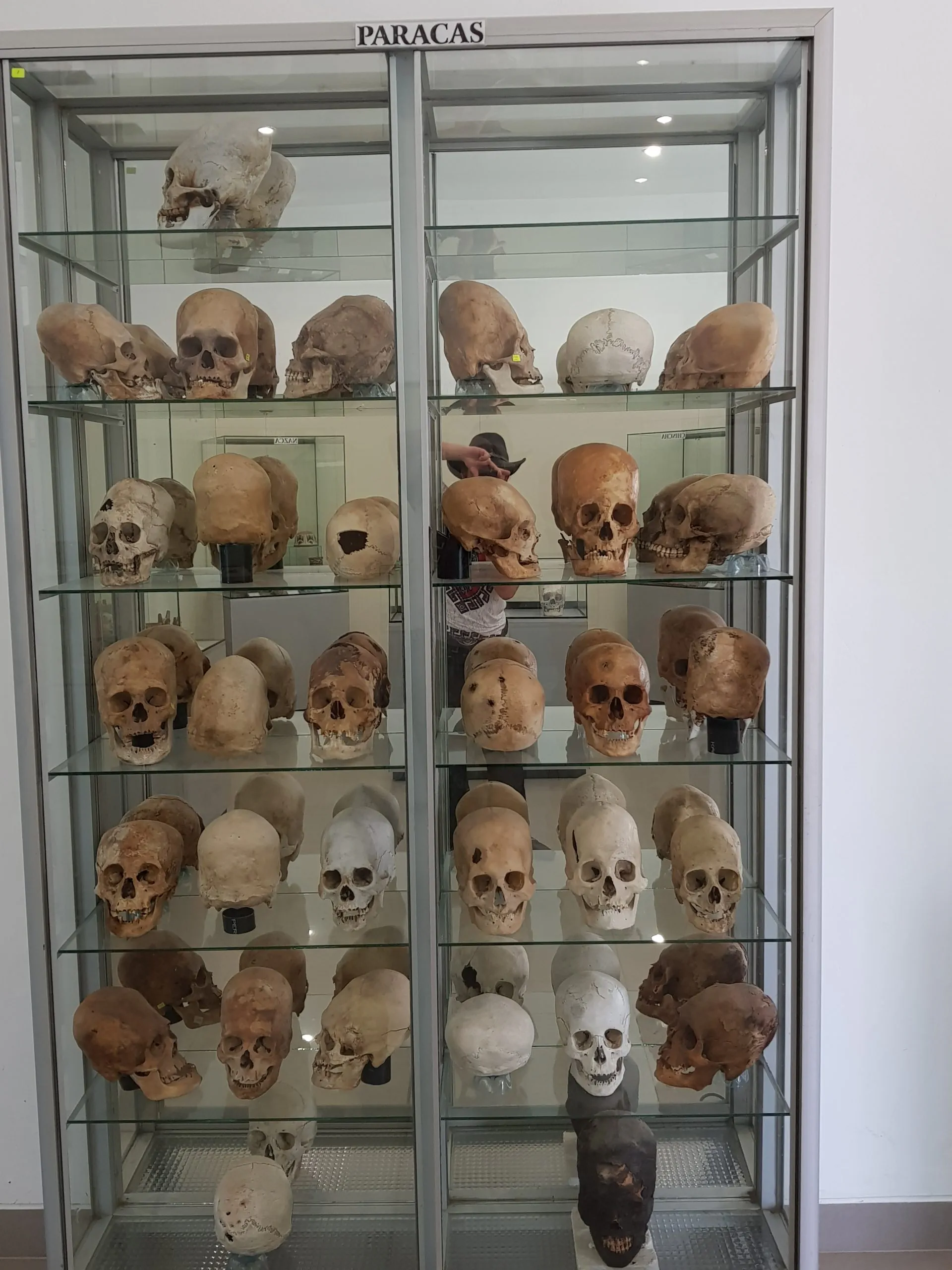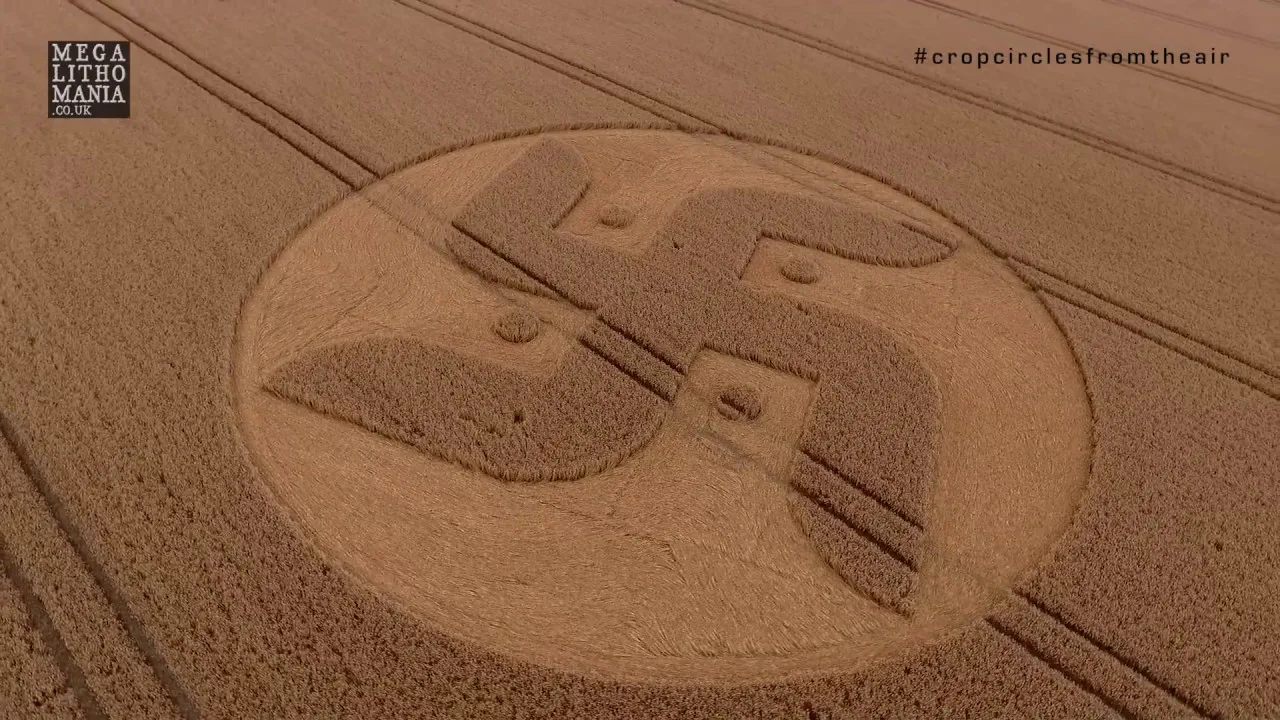The tomb of Sekhemkhet
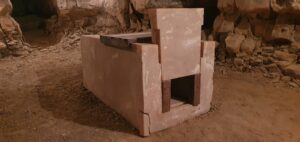 Real X-File ID: 7562
Real X-File ID: 7562
Report Date: 06/13/2023
Country: Egypt
Place: Saqarah
Fingerprints: Traces of ancient advanced engineering-skills, Other unexplained phenomenal occurence
Existing Facts Sources: Pictures that obviously proof advanced engineering-skills or any other anomaly or strange behaviour, Book
Summary Report:
In his book The Eyes of the Sphinx (1989) Ref:1 Erich von Däniken describes a hair-raising story of the discovery of the tomb of Sekhemkhet. This pharaoh, who reigned sixty years before Cheops, dates from the 3rd Dynasty (2611-2603 BC). Southwest of the step pyramid of Sakkara he had his own pyramid built, of which nothing can be seen today. Only an inconspicuous shaft leads into the depths and has been filled with sand since time immemorial. It was not until 1951 that this entrance was discovered and uncovered by Dr. Muhammad Zakaria Goneim (1905-1959), a highly intelligent and gifted archaeologist; the excavators came across a chamber beneath the desert floor. Ref:2
The underground hall is very roughly carved out of the rock, similar to the unfinished chamber under the Great Pyramid of Giza. The perfectly polished sarcophagus, attributed by archaeologists to Pharaoh Sekhemkhet, does not actually fit the picture. Normal sarcophagi have a mighty lid. This one is different: It has a trap door like an animal cage. Thousands of years ago, someone placed a flower arrangement on the closed sarcophagus as a farewell, traces of which are still preserved today.
At the official opening in 1954, in the presence of numerous journalists, the seal was broken and the sliding door of the sarcophagus was lifted piece by piece. The astonishment was enormous: the sarcophagus was empty. Ref:3 How is this possible? It was an unopened tomb, the gigantic blocking doors were undamaged, the seal was unbroken and the remains of the bouquet of flowers were still lying there untouched. 4500 years later, the sarcophagus is opened – and it is empty! How can this be?
This question has already been asked in amazement by the discoverer of the chamber, Zakaria Goneim. A few days after the opening he pushed himself with his whole body into the empty sarcophagus. When he came out again, his colleagues and students described him as apathetic and with a foggy look; he was clearly no longer the humorous and witty doctor as before. His successor also crawled into the empty sarcophagus and killed himself with pills a few days later.
So much for the creepy incident that took place 70 years ago and which raises many questions. What was the real purpose of this “sarcophagus”? What did happen to Dr. Goneim and his successor, what have they seen or realized? How can it be, to find remains of core drills inside the block? Core drills were officially invented in 1956.
Ref:1 Däniken, E. v.: Die Augen der Sphinx. München 1989, S. 253 ff.
Ref:2 Goneim, M. Z.: Die verschollene Pyramide. Wiesbaden 1995
Ref:3 Goneim, M. Z.: Horus Sekhem-Khet. The Unfinished Step Pyramid at Sakkara I. In: Excavations at Sakkara. Bd. 23, Kairo 1957
Google Streetview: Google Streetview
Links: https://c.kopp-verlag.de/kopp,verlag_4.html?1=60&3=0&4=&5=&d=https%3A%2F%2Fwww.kopp-verlag.de%2Fa%2Fdie-augen-der-sphinx
Facts Source Details:
Details of Book: Eyes of the sphinx, Die Augen der Sphinx, Horus Sekhem-Khet. The Unfinished Step Pyramid at Sakkara I.,Muhammed Zacharia Goneim,Berkley, Kopp Verlag – new edition, In: Excavations at Sakkara. Bd. 23, Kairo,03/01/1996, 10/01/2015, 01/01/1957
Pictures:













